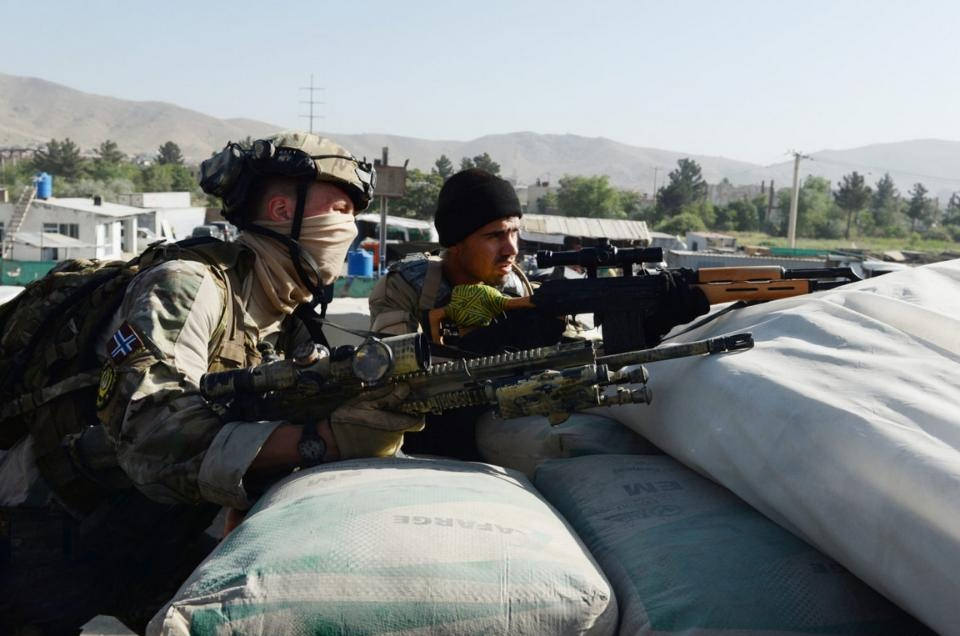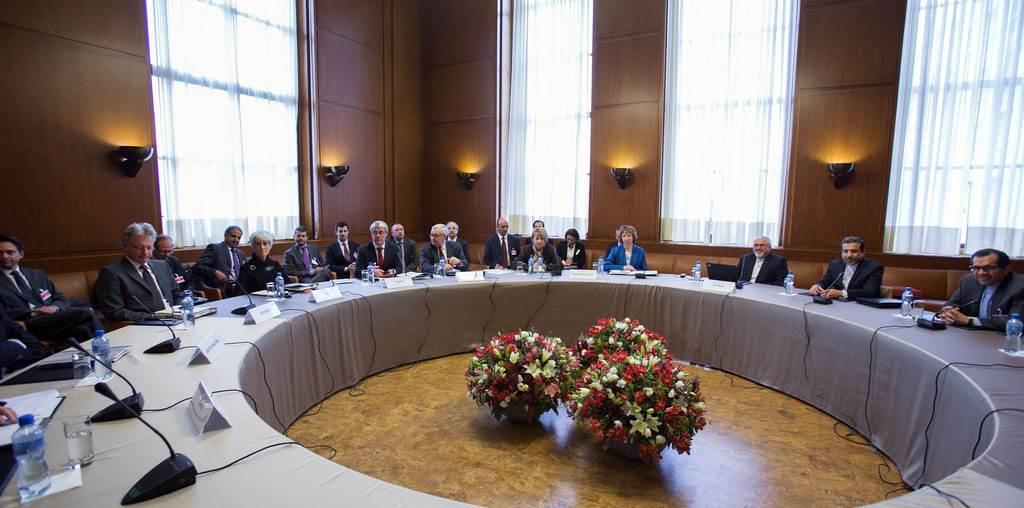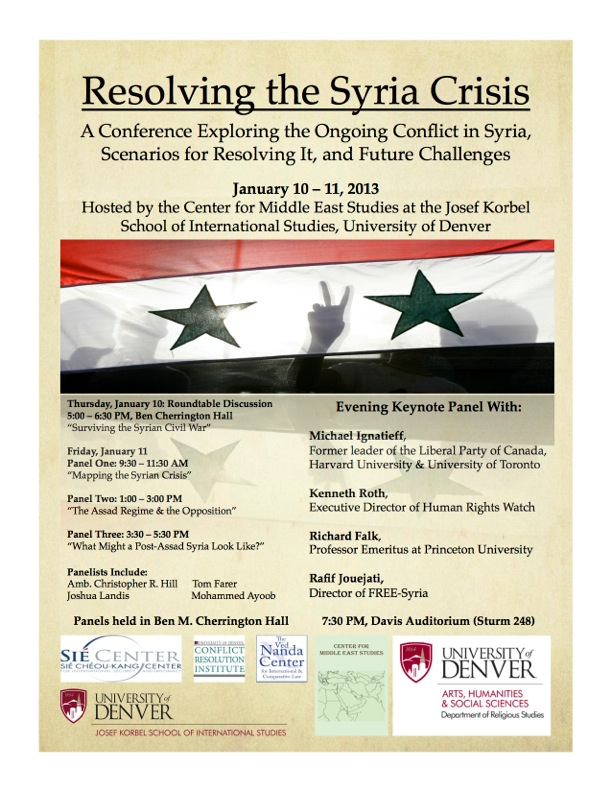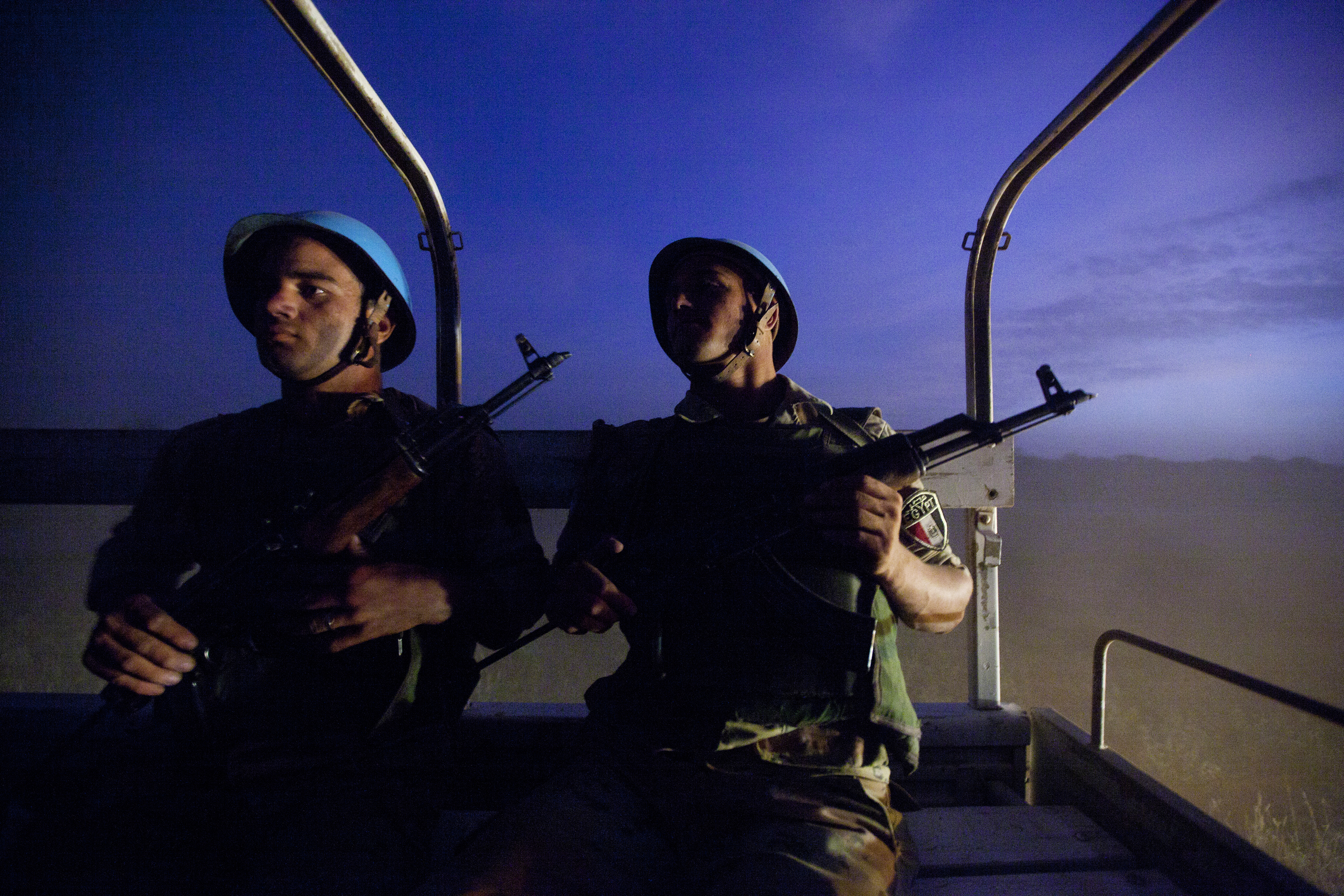Guest post by Gunhild Hoogensen Gjørv.

On June 6, 2016, the Norwegian National Commission (Afghanistanutvalget) to evaluate Norway’s efforts in Afghanistan presented its report to the Norwegian public and political elite. The conclusions of the report are sobering. Given the ambitious goals articulated in the 2001 Bonn agreement to re-build Afghanistan into a functioning, democratic state, combined with the enormous levels of investment in human and monetary resources, the results in Afghanistan have been modest at best. Norway succeeded handily at proving it was a solid and reliable NATO ally, but along with the rest of the international coalition, had far less to brag about regarding international terrorism, let alone “rebuilding” a state that Afghans can begin to trust and work with.
Why? What happened? Implicit within the Norwegian report, in my view, is a critique regarding insufficient civilian situational awareness, or to put it more plainly – knowing enough about the roles, interests, values, and survival techniques of average Afghan civilians, who were crucial to any success or failure.
My research suggests civilian situational awareness plays a key role in understanding the “effects on the ground,” going beyond an “enemy-centric” focus and including liaison with key actors in government and non-governmental organizations, sufficient culture and gender awareness, as well as a broad overview of political conditions and movements.
Military operations do not occur in a vacuum. While some local leaders and communities in a conflict zone may welcome the intervention, others do not. Impacts of military activity on civilian lives can cause harm even when not immediately perceptible. This in turn can have negative effects on any potential value of the military intervention. Even what is perceived as less intrusive operations such as training and mentoring “local forces” (which ones?), never mind occasional military support in local operations, can have negative impacts on local civilian environments which will have broader political implications. The October 2015 attack on the Médecins Sans Frontiéres (MSF) hospital in Kunduz province in Afghanistan by a US gunship in support of an Afghan National Army (ANA) operation is a tragic case in point. Civilian installations such as hospitals have been increasingly targeted, further eroding civilian trust that some spaces are “off limits” or that militaries have any adequate understanding of, or concern for, the civilian space. This in turn erodes civilian trust in the nascent political institutions and national leaders that these operations are supposed to strengthen. The civilian response also has international implications, with a civilian hardening against international troops and the politics they represent. Even when military operations include efforts that are meant to explicitly build trust between civilians and military forces, my own research as well as others have demonstrated that these efforts often fell short of the mark due to insufficient knowledge and superficial measures.
As critical as the report was regarding the Norwegian and international engagement in Afghanistan, it likely will have little effect on the Norwegian or allied propensity to deploy militaries to future operations, even though those deployments may not be so “boots heavy” as before. Indeed, prior to the launch of the Norwegian report, the Norwegian government already decided to deploy Special Forces troops to Jordan to provide training, mentoring, and “operational support” (read: fighting) to Syrian “local groups” fighting against Daesh. The Norwegian Commission also re-emphasized the importance of peace negotiations whereby a political solution could be found; NATO, as well as Norway and other NATO members, had long maintained that “there is no military solution.” However, the urge to deploy militaries – albeit on a significantly smaller scale – to contribute to, if not solve, a conflict remains a prominent proposed solution.
This is most certainly the case as the focus turns to countering violent extremism and hybrid warfare, where conventional/nonconventional, regular/irregular, multi-dimensional warfare comes into play. An increasing focus is placed on the role of civilian actors but military actors are present in varying, but always noticeable, degrees. CVE and hybrid warfare acknowledge an increasing role for civilian efforts in conflict prevention despite a high likelihood of some form of military presence, meaning that military actors need to once again be very aware of the civil-military interface and how their presence affects conflict, and how civilian actors affect the military mission. A less-than-sufficient civil-military awareness was already identified as a problem in the past interventions in Afghanistan and Iraq. The complexity of civilian dynamics were not well understood, not only regarding cultural and gender norms, but also with regard to local politics and loyalties of local populations.
Over two decades of experience with complex operations since the end of the Cold War have demonstrated that civilians matter in war, not only to be protected from violence, but as actors in the political processes of peacebuilding. It is nevertheless difficult to identify the ways in which this importance is reflected in military planning and operations. The civil-military interface has often been relegated to a minor support function in militaries, with too little influence in planning.
This goes beyond the core focus of intelligence where ongoing and potential threats are identified, but also embodies an understanding of the total civilian environment, employing “do no harm” where militaries learn to restrict rather than enhance activities as a part of planning. This does not mean a continuation of simplistic (and largely ineffective) approaches of “winning hearts and minds” and buying trust of local populations through short-term aid projects. Rather, given the evidence of the importance and relevance of civilian activity and agency in conflict, it means understanding the civilian environment in more complex, political terms.
NATO will continue to play a primary role in deploying militaries into various conflict contexts, not only with a focus on Eastern Europe, but also to “project stability beyond its borders” particularly with regard to terrorism. Leaders will consider the alliance needs at the Warsaw Summit in July, based on regional threats from Eastern Europe/Russia and the Middle East. All indications thus far suggest that despite the impacts of civilian actors in conflict, understanding the role of civilians in war and in military planning, either for their protection or their political engagement and activity, is not agenda-setting material. Insofar as militaries are often the first actors deployed to a crisis, and those actors have significant power given their access to use of violence, it is important that systems exist within the military frameworks that ensure a well developed awareness about the impacts of military activity and presence in civilian environments. This means that a civilian situational awareness, well beyond an enemy-centric focus and the narrow mandate of “training and mentoring local forces” -as if that happens in a vacuum – is crucial to all operations on the ground.
Gunhild Hoogensen Gjørv is Professor of Political Science in International Relations at University of Tromsø – The Arctic University of Norway. She was one of the ten members of the Royal Norwegian Commission that investigated Norway’s efforts in Afghanistan. The opinions expressed here are solely those of the author.






